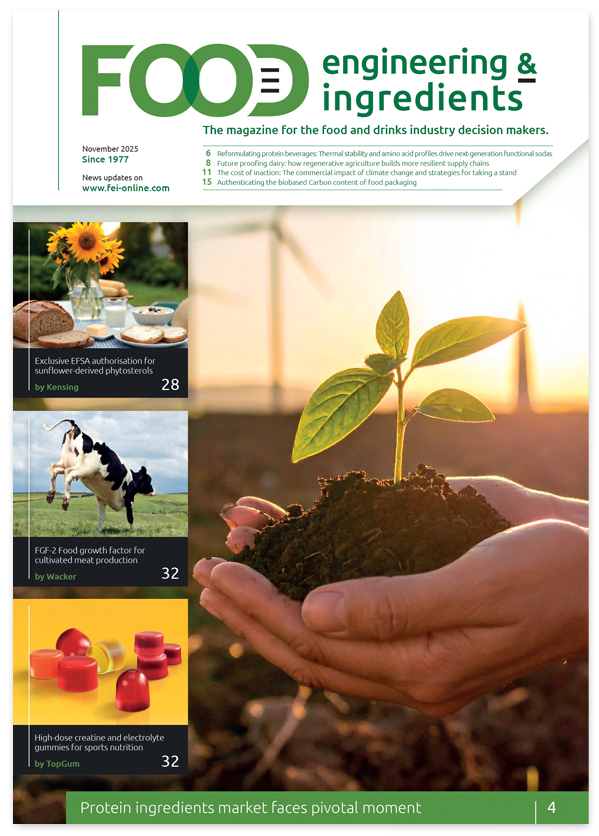Biochip screening for antibiotic residues in food
Biochip screening for antibiotic residues in food. Antibiotics are sometimes used to control disease in food animals, however, drug residues in food can pose a health risk to consumers. Allergies to sulphonamide antibiotics are relatively common causing skin rashes, hives, pruritus and anaphylactic shock. It is essential to restrict antibiotic drug residues in foods, both to avoid unnecessary consumer exposure to drugs, and to limit the development of antibiotic resistance by ensuring antibiotics are used correctly and responsibly. Recently, there have been a number of news reports about imported foods that are contaminated with drug residues. This highlights the need for quick, sensitive and cost-effective tests suitable for screening large numbers of samples.
A biochip screening test to detect sulphonamide antibiotic drug residues in meat, honey, feed and livestock is available. The anti-microbial array utilises a biochip containing an array of immobilised antibodies, each specific to a different antibiotic. The biochip simultaneously tests for 12 sulphonamide antibiotics in just 50 microlitres of urine or one gram of tissue, honey or feed. Simple sample preparation procedures and simultaneous testing enable a rapid throughput with minimum effort 540 tests in under 2½ hours. The Maximum Residue Limit (MRL) is the maximum level of drug residue that is permitted in food. The EU has assigned an MRL of 100 ppb for all sulphonamide drugs. The anti-microbial array has sensitivities below 10 ppb for each sulphonamide, more than adequate for drug residue screening. Positive samples are retested using a confirmatory method such as HPLC or LC-MS.

